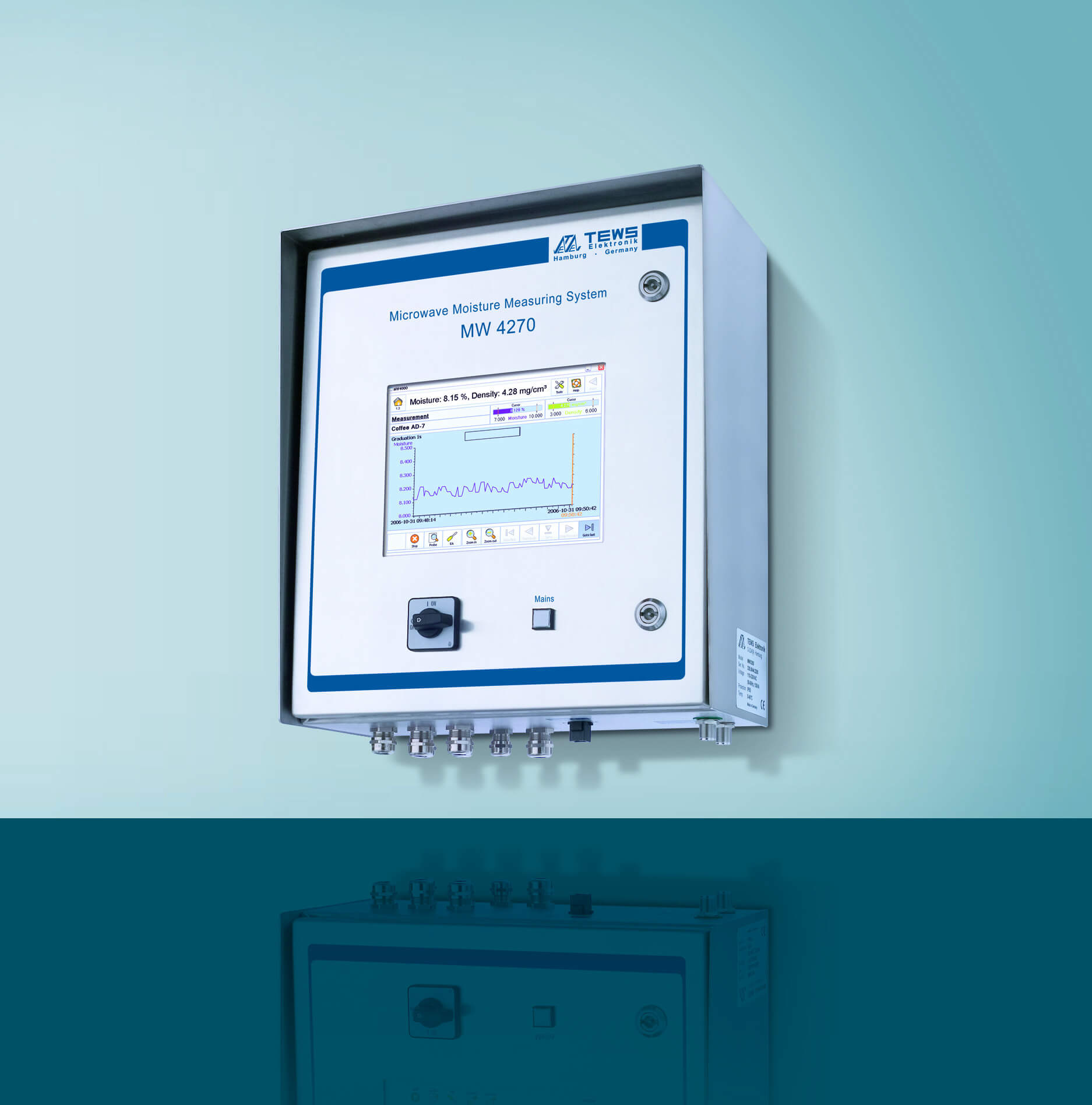Choosing the right method for moisture determination can be difficult and there is no clear answer to this question. There are, however, a number of factors that can help you determine the best measurement method for your process:
First of all, ask yourself why it is important for you to measure moisture in coffee.
Do you particularly want to improve the quality of your product or keep it at a desired high level? Or are you mainly interested in a more efficient drying process, where you save energy and increase productivity? What you want to achieve is an important factor in determining the best measurement method for your organization. Incidentally, the choice for an inline moisture analyzer often leads to gains in more than one area, such as Mr. B. van den Bosch, Director Production Rombouts Coffee also tells about his experiences with the inline moisture analyzer from TEWS:
"Mr. B. van den Bosch, Director Production Rombouts Coffee: “There are many different ways to measure moisture. With the in-line moisture analyzer from Tews we have a method to quickly and accurately measure moisture deep into the beans. We can use the results to adjust controls so that energy can be saved and our CO2 footprint reduced. Not unimportant: thanks to the in-line moisture measurement, we can also very easily demonstrate compliance with the legally permitted moisture percentage of less than 5% in the finished coffee ”.
A second consideration that you must make is how quickly you want results.
The Karl Fischer Titration and Loss on Drying are methods that are applied in the laboratory and last considerably longer. With the Karl Fischer Titration it is important to get your product into solution. For solids such as coffee, this can cause difficulties. Moreover, it is important that there are analysts in the house who can interpret the measurements. With the LOD method, volatile components such as, for example, alcohol or fat, which evaporate just like water, are also measured. The first two methods are destructive to the sample that you use. If you wish to adjust the process immediately, you opt for an in-line measurement. Only the Near-Infrared and Microwave Resonance methods can be used in-line in the process for moisture analysis. .You can link the moisture analyzer directly to your process automation. If the moisture content threatens to go beyond specifications, you can immediately change numerous process parameters. Your process is thus better under control, which ensures savings through less waste or lower energy consumption, but also for better and more consistent product quality.
A trade-off is also the shape of your product. In coffee beans it is easy to imagine that the moisture content in the core of the bean is higher than on the outside. The penetration depth of Near-Infrared is less than microwaves. Near-infrared analyzers could therefore be less reliable in such a case.
A final consideration that influences the choice of a method is the amount of moisture that is present in the product.
The dynamic measuring range of the moisture analyzer must match the specifications of your product. Moisture measurements are ideally done with the raw materials at the beginning of the process, before and after the drying step and at the end of the process. However, depending on your process installations, it is sufficient to measure the moisture content immediately after the drying process. The temperature of your product also plays a role here. Higher temperatures can negatively influence the reliability of the measurements.



